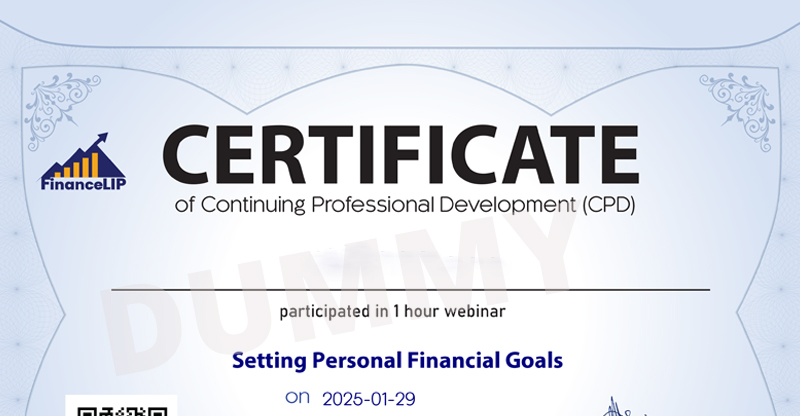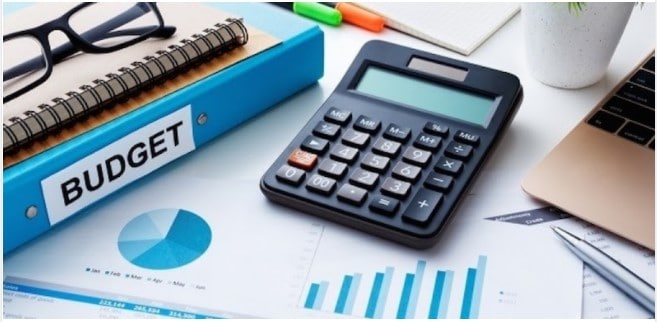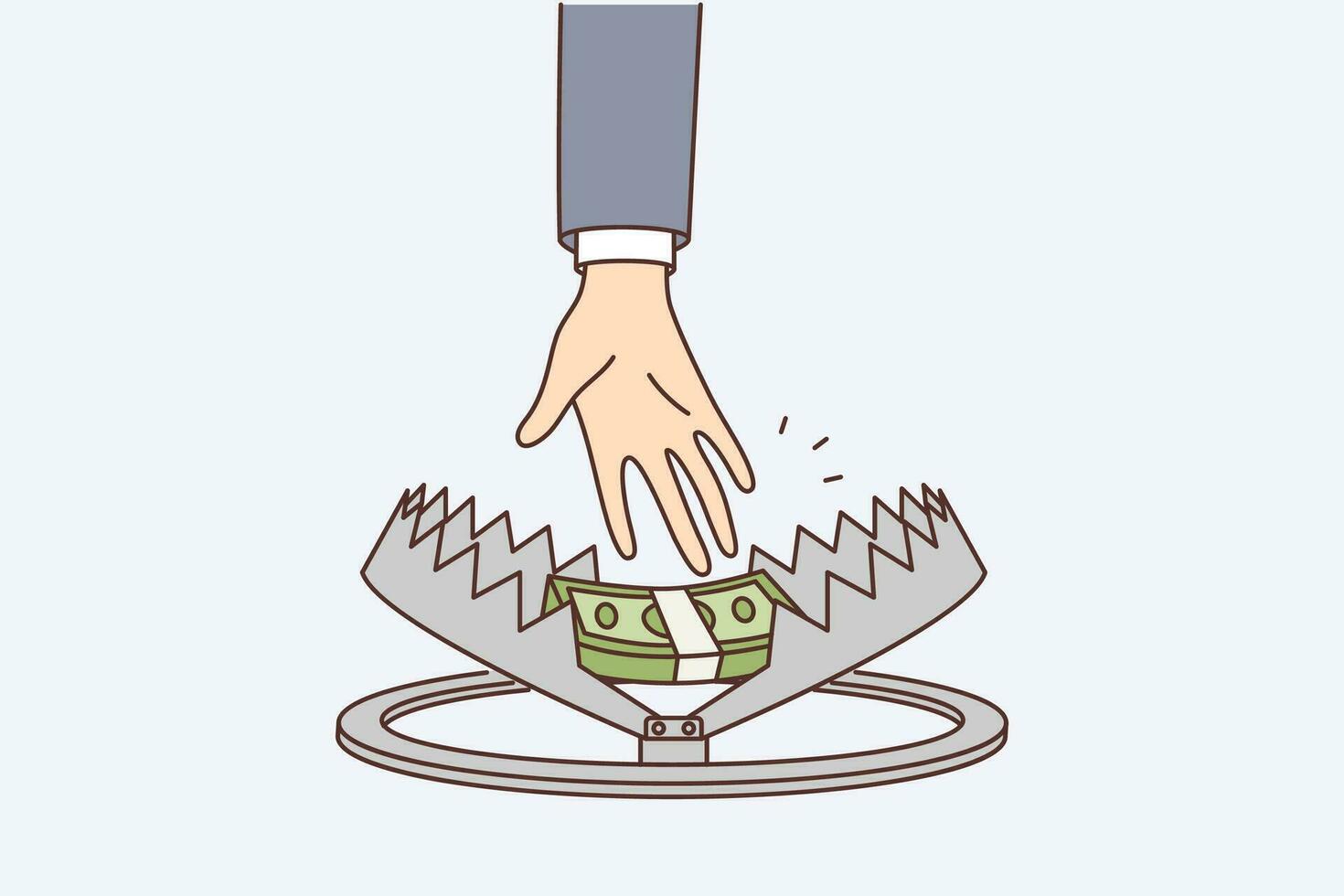Currently Empty: UGX 0

Why Financially Learn?
Continuous learning is only possible when there is a strong reason to learn. Some of the solid arguments to sustain the urge to continually learn about anything include: (a) Seeking to understand, where you are uncertain; (b) To observe how certain things are done; (c) The need to put into practice what you previously learned calls for more learning; (d) To remain up to date with current affairs; (e) To implement a new project or program; (f) For fun and enjoyment; and (g) To explore alternative ways of doing things and so forth.
“Those people who develop the ability to continuously acquire new and better forms of knowledge that they can apply to their work and their lives will be the movers and shakers in our society for the indefinite future.” – Brain Tracy.
You can use any of these reasons to strongly get convinced to continually learn something new and useful about finances.
Approaching Financial Learning
We will look at how you can take a proactive approach to your financial continuous learning for self-improvement and development using the following three approaches:
1. Develop a growth mindset
Financial learning is a choice: therefore, learning is a decision that is in your hands. Dr. Carol Dweck observes that a growth mindset drives a willingness to be open and curious about your strengths and weaknesses, necessitating commitment to improve your personal and life situation. For this to happen, you have to personally recognise what is required for your career and personal development including knowing:
- Your current skills – are they specific or broad enough to support your current and future growth needs? Candidly determine what you could do better with enhanced skills and knowledge.
- Your past skills – are there any redundant skills that you can use now, do you need to refresh yourself to be able to apply the skills you already have?
- Your future skills – what skills do you need that you don’t currently have to achieve your goals? Identify the skill and knowledge gaps essential for you to focus on your goals such as career, family, and financial goals.
2. Set a Personal Learning Plan (PLP)
PLP is a tool commonly used to focus people on learning. This starts with creating the desire to learn to improve your skills and knowledge to what matters to you detailed with an area of focus, learning objective, proposed learning approaches, time to learn, and expected learning outcome.
These aspects are summarised in a PLP. You can add or amend the PLP depending on your progress toward your learning objectives. For example, you may want to learn and be efficient at saving and investing or at managing your finances better. Make sure you keep updating your PLP to remove and add what is achieved and introduce new learning areas respectively.
3. Make Time to Apply the Skills or Knowledge Learned
Learning, acquiring, and developing new skills and knowledge can be an exciting and satisfying process. However, applying the skills to make the desired change a reality can be tough. So, you need a clear mechanism to put into practice what you have learned. If the skill of interest was for example saving and investing, learn as practice and take some actions.
Key Takeaways
- Consistency and regular use of what you have learned is key to sustaining change and nurturing growth with continuous learning urge and resilience.
- Continuous learning can be as dynamic as you would want to make it, so committing to your learning plan and adjusting it as often as necessary to keep it current and relevant is essential.
- You must have a strong belief and desire to financially continuously learn. Do you believe that you can regularly learn with fun and joy while you are acquiring essential financial knowledge and skills?
Conclusion
The above steps are by far the simplest ways to set yourself running with continuous financial learning even if you are not a regular learner.
Dr. Charles Barugahare



